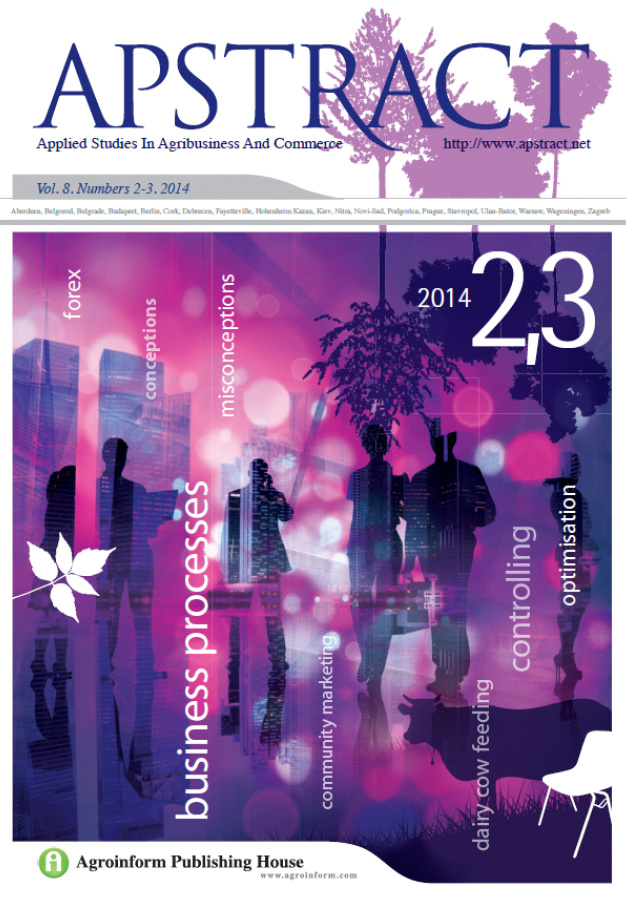Defining the strategic objectives of Hungarian mutton product chain and elements of marketing strategy in the beginning of the second decade of the century
Authors
View
Keywords
How To Cite
Abstract
The sheep sector is regarded to be a “black sheep” in Hungary, both in terms of economy and marketing. On one hand, the sector is not easily traceable as available relevant data are partial and infected by the effects of black market or underground economy; on the other hand, there are no clear, concrete statistical data or surveys on consumption either.
The present study attempts to dissolve the above anomalies and present findings by fact-based model calculations and actual marketing surveys. The fact-based model developed and used for more than 200 variables verifies the correctness of economic calculations. Original examinations were performed by Béla Cehla, doctoral candidate, in 2000–2011. The marketing survey, although not in full accordance with statistical requirements, was carried out in 2012 and it processed relevant data authentically.
The main conclusions are the following: It is clear so far that genetic basis should primarily be evolved in the industry, as it is the factor that mainly contributes to profitability and price-type factors come only following it. Genetic modification is achievable by changing breeds or crossbreeding. The findings of product chain level sensitivity analysis have provided clues that the added value generated in the sector is already determined during slaughter lamb production and progeny influences this value in approximately 80%. Critical points are feed conversion ratio and the relating price of lamb feed, which influence added values by 2.7–2.9%. The remaining factors affect added value through feeding costs, although not considerably.
The following activities can boost interest in the market of sheep products:
• Comprehensive market research
• Stimulation of cultural development by product-tasting, exchanging information and recipes
• Development of supply in accordance with demand
• Identification of target markets, positioning products
• Diversification of product range
• Community trade mark to guarantee excellent quality and Hungarian origin
• Selection of credible poster faces, organization of advertising campaigns


 https://doi.org/10.19041/APSTRACT/2014/2-3/15
https://doi.org/10.19041/APSTRACT/2014/2-3/15




